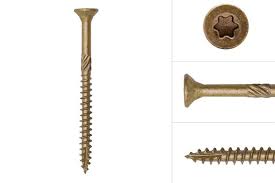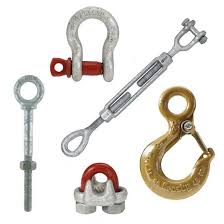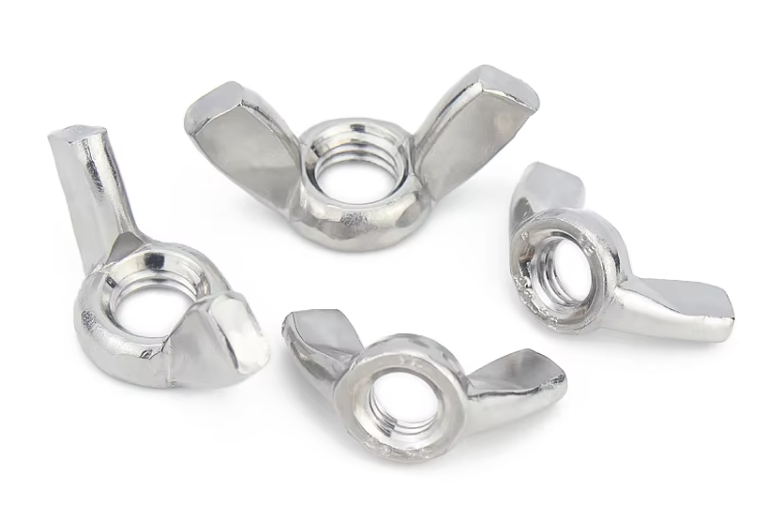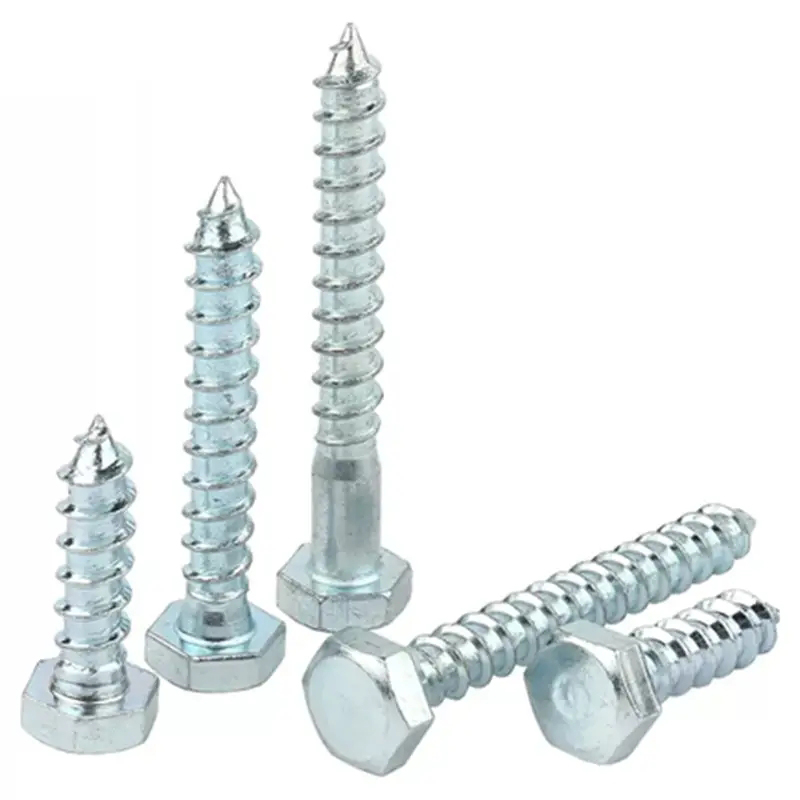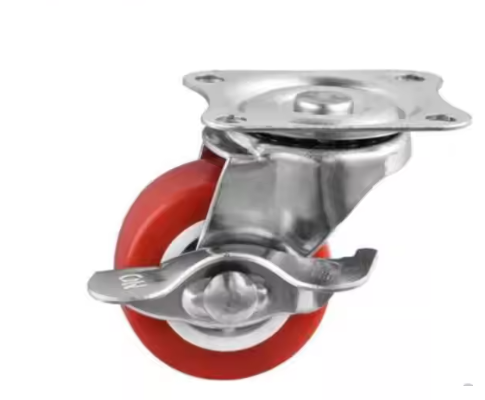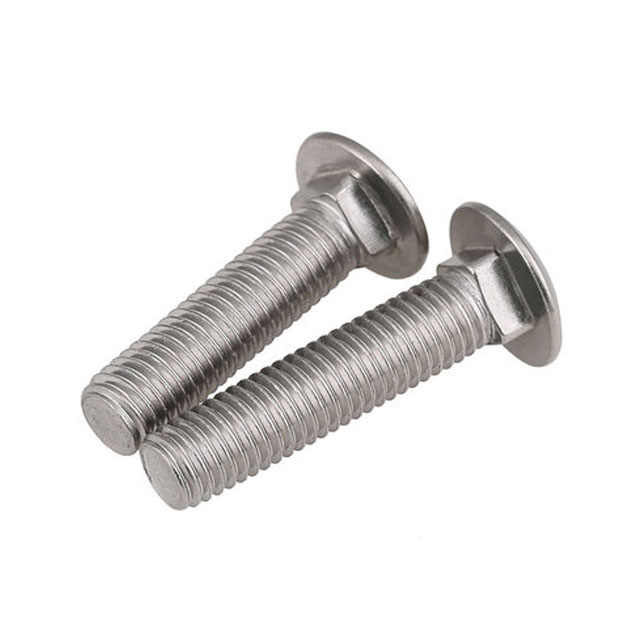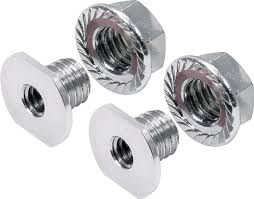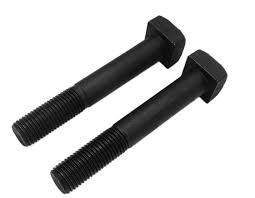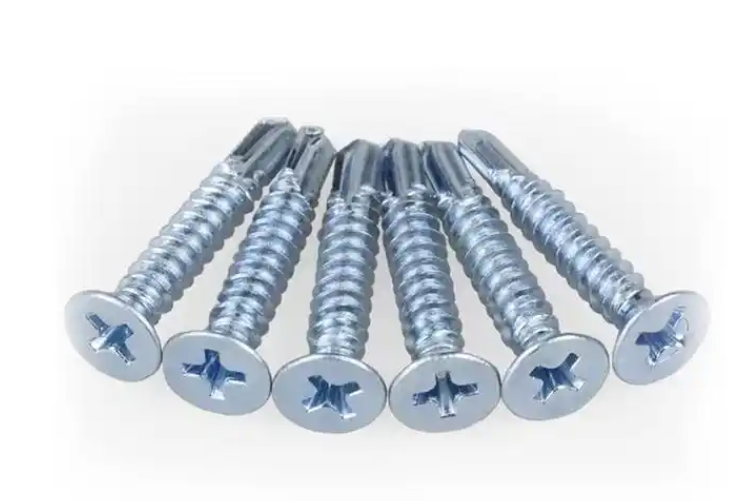

Riv Nuts: A Comprehensive GuideThis article provides a comprehensive overview of riv nuts, covering their types, applications, installation methods, and advantages. Learn how to choose the right riv nut for your project and master the installation process.
Riv nuts, also known as rivet nuts, blind rivets, or self-clinching fasteners, are versatile fasteners used to create strong, reliable threaded inserts in a wide range of materials. Unlike traditional nuts and bolts, riv nuts require access to only one side of the workpiece, making them ideal for applications where access is limited. This guide will explore the world of riv nuts, providing you with the knowledge to select and utilize them effectively.
Riv nuts come in various materials, sizes, and designs, each suited to specific applications. The most common materials include steel, aluminum, and stainless steel, offering different levels of strength and corrosion resistance.
The versatility of riv nuts makes them suitable for a wide range of applications across diverse industries. They are frequently used in:
Installing riv nuts typically involves using a specialized tool, often a riv nut setting tool or a pneumatic tool. The specific procedure varies slightly depending on the type of riv nut and the tool used. Detailed instructions are usually included with the purchased riv nuts and tools. Always refer to the manufacturer's instructions for proper installation techniques to ensure a secure and reliable connection. Incorrect installation can lead to failure, so precision is key. Hebei Dewell Metal Products Co., LTD offers a wide selection of high-quality riv nuts and installation tools.
Selecting the appropriate riv nut for your project involves considering several factors, including the material of the workpiece, the required strength, the available access, and the desired aesthetic finish. Consult the manufacturer's specifications and technical datasheets to determine the correct size, material, and type of riv nut for your specific application. Proper selection is crucial for optimal performance and longevity.
| Advantage | Description |
|---|---|
| One-Sided Installation | Access to only one side of the workpiece is needed. |
| High Strength | Creates strong and reliable threaded inserts. |
| Versatility | Suitable for a wide range of materials and applications. |
| Cost-Effective | Often a more economical solution compared to welding or other fastening methods. |
By understanding the different types, applications, and installation methods of riv nuts, you can make informed decisions and choose the best solution for your specific project. Remember to always consult manufacturer specifications for optimal results.
1 Manufacturer's websites and technical datasheets (Specific manufacturer information should be added here based on the chosen riv nut brand).

